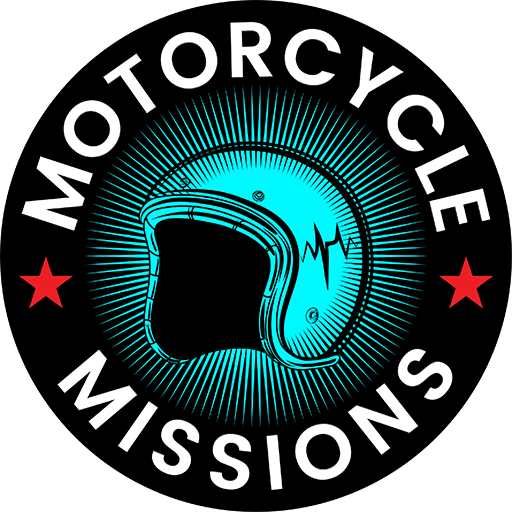
The Evolution of Military Motorcycles
Share
For over a century, when war demanded speed, mobility, and adaptability, the motorcycle rose to the challenge. Since the early 1900s, military motorcycles have served as nimble workhorses on and off the battlefield—shaping both military strategy and motorcycle culture as we know it today.
The Dawn of Military Motorcycles
The motorcycle’s military career began in World War I, with dispatch riders replacing the slower, more vulnerable horse-mounted messengers. BSAs, Harleys, Indians, Royal Enfields, and Triumphs carried dispatch riders, scouted enemy positions, and even towed machine guns through muddy European fields where other vehicles dared not pass. Even blown-out bridges were made passable by intrepid dispatch riders able to devise pulleys to lower and raise their bikes from what remained. Lightweight, maneuverable, and easier to maintain than early motor vehicles, motorcycles became a vital tactical asset in the 20th century.
World War II and the Golden Era of Military Bikes
The technical advances of WWII saw military motorcycle design pushed to new extremes. The U.S. deployed the Harley-Davidson WLA—nicknamed the “Liberator”—while British forces relied heavily on the BSA M20 and Norton 16H. German forces used BMW R75s and Zündapp KS 750s with sidecars, designed for both reconnaissance and troop transport.
With each innovation in materials and technology, advances were made in motorcycle construction and design. These new bikes were built tough, with reinforced frames, blackout lights, and rugged tires, making them capable of traversing battlefields under the harshest conditions. Some were even amphibious or equipped with special winter gear for snowbound missions. Every new feature translated directly into the civilian market, stirring new interest in motorcycle riding and customization.
Post-War Motorcycle Culture and Cold War Innovation
After WWII, militaries began to favor jeeps, trucks, and armored vehicles for most duties. Even yet, motorcycles maintained a role in special forces, reconnaissance, and rapid-response missions—especially in rough or urban terrain where larger vehicles struggled. The widespread surplus of military bikes flooded the civilian market, fueling a new generation of riders and bike modification culture.
Cold War-era military motorcycles featured lighter frames, improved suspension, and two-stroke engines for more agile handling. Dual-sport and off-road capabilities became standard, bridging the gap between military utility and civilian adventure riding. Motocross had been a popular sport in the UK since 1924, but in 1959 it was officially sanctioned by the American Motorcyclist Association. The new generation of Cold War-era bikes infused the sport with affordable, suitable models that generated interest and enthusiasm for the sport as it spread across the Atlantic.
Modern Military Motorcycles

Today’s military motorcycles are technological marvels that have renewed the role of bikes in warfare. Diesel-powered Kawasaki KLR650 variants run on NATO-standard fuel. Electric dirt bikes offer stealth operations with near-silent running. Advanced GPS, night-vision compatibility, and modular cargo systems have transformed the motorcycle into a specialized tactical machine capable of moving swiftly and undetected over otherwise impassable terrain.
Special operations forces use them for rapid infiltration, border patrol, and humanitarian missions in hard-to-reach areas. In many ways, they’ve returned to their roots—fast, versatile, and indispensable when the mission calls for mobility above all else.
A Lasting Influence
Military motorcycles have left a permanent mark—a deep, muddy tire track—on motorcycling history. Their influence can be seen in today’s adventure bikes, dual-sports, and even custom builds inspired by wartime machines.
For Motorcycle Missions, the story of military motorcycles is about more than just the machines—it’s about the riders, and the overlap of veterans and bikes. Dispatchers braving shellfire, scouts carving new paths, and modern operators navigating unforgiving terrain all share a legacy of courage, precision, and resilience. Whether roaring across a battlefield or cruising down a quiet backroad, military motorcycles remain a testament to the power of two wheels to carry both people and purpose forward.
